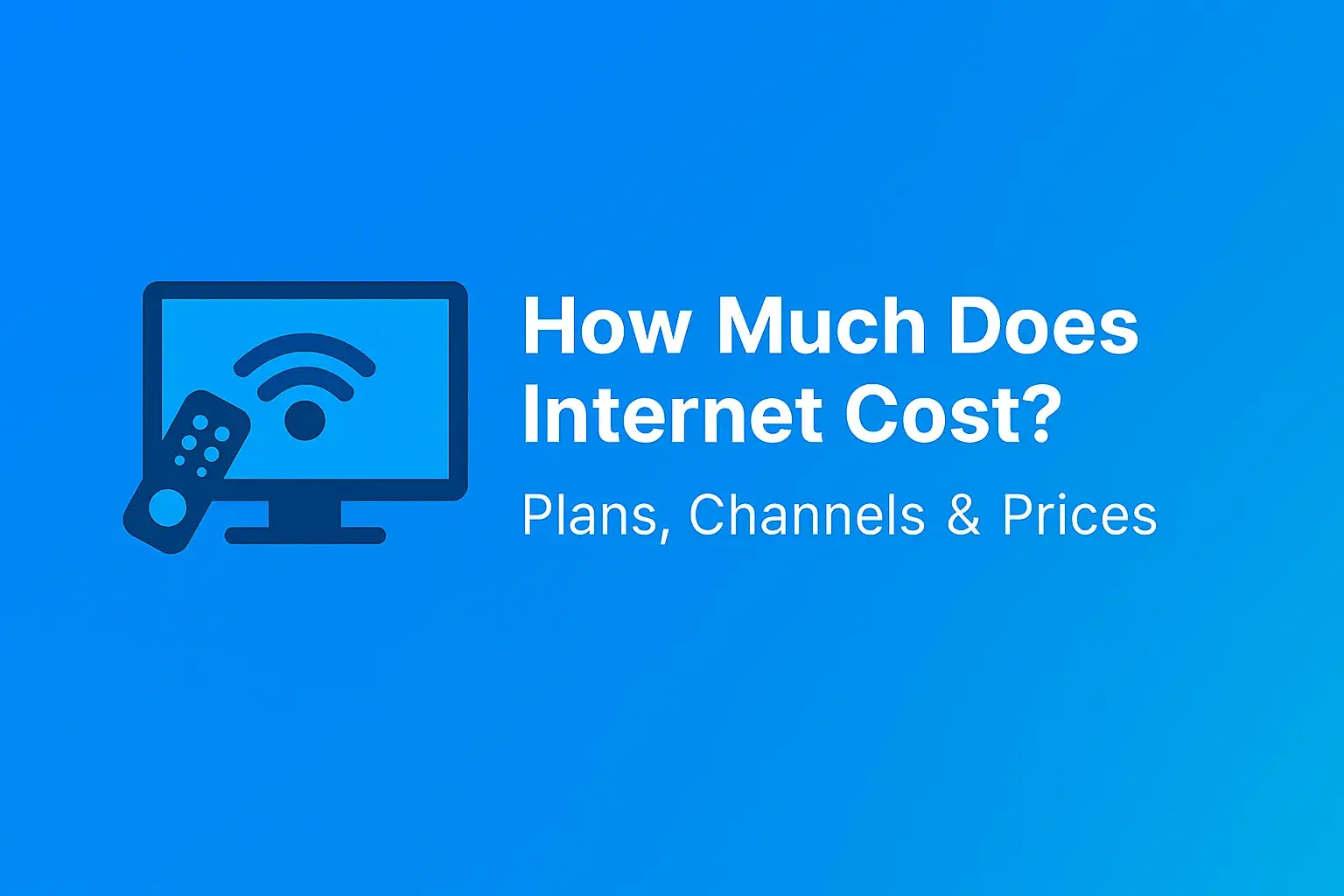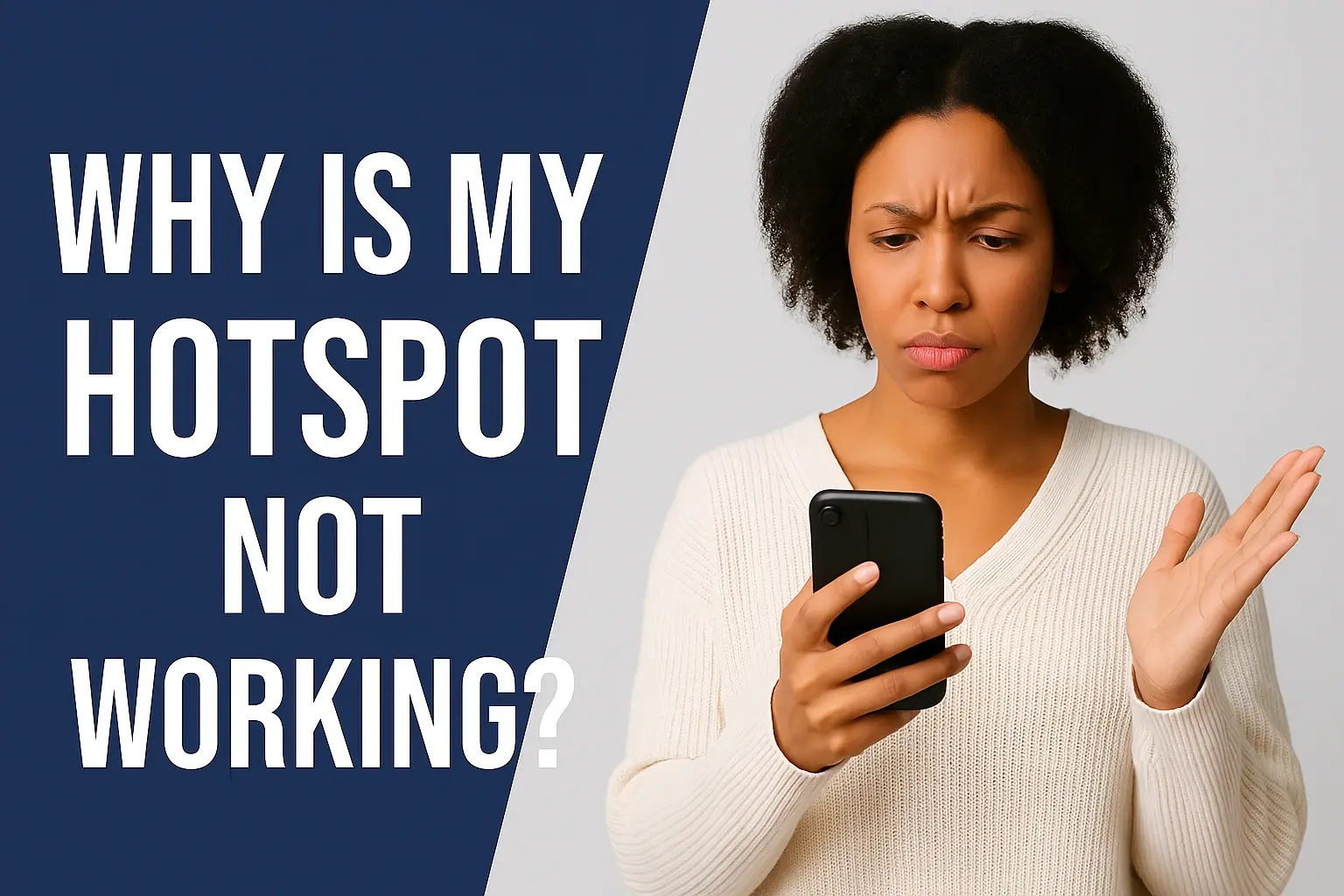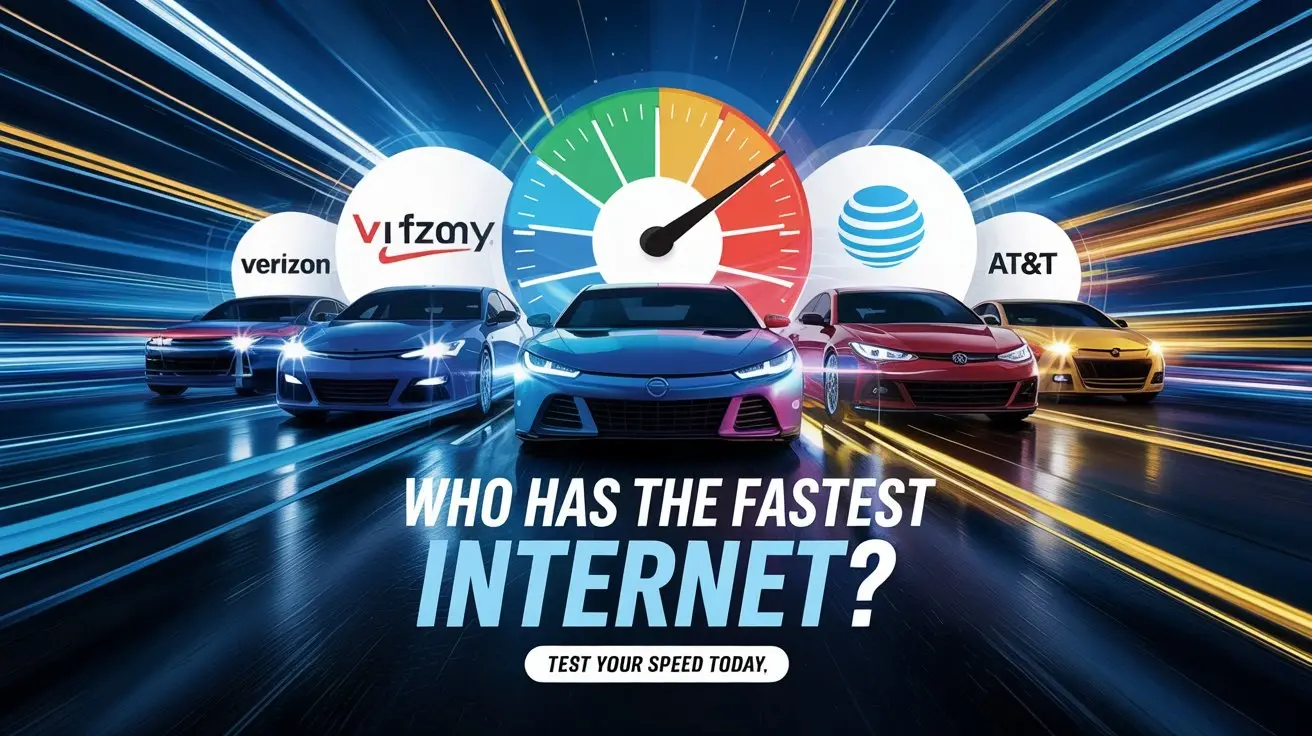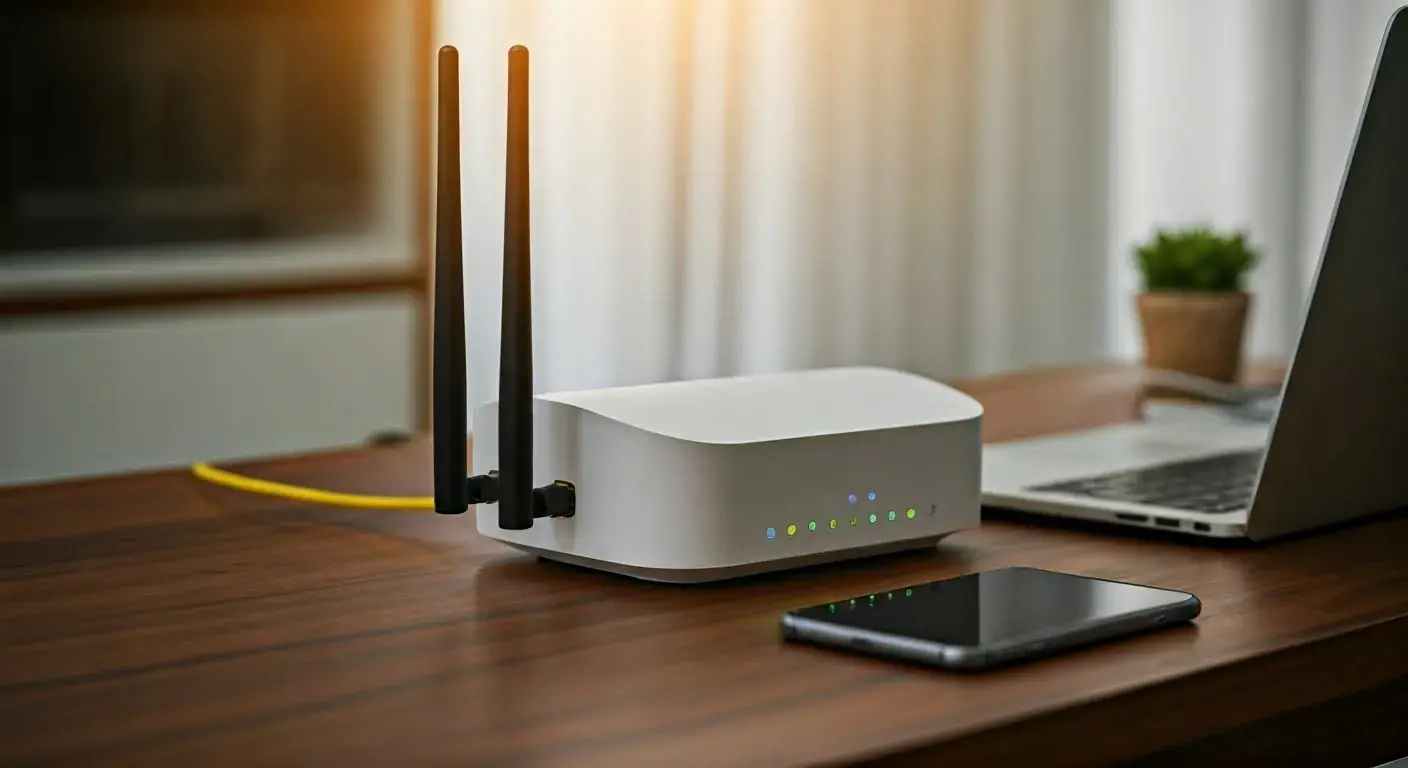Cable vs. Fiber: Which One Is Better?
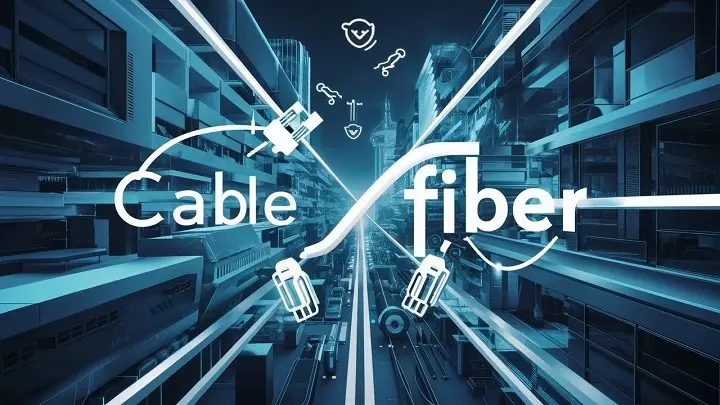
In today's digital age, a reliable and fast internet connection is crucial for work, entertainment, and staying connected. When choosing an internet service, two options dominate: cable internet and fiber internet. While both offer high-speed connectivity, they differ significantly in terms of technology, performance, cost, and availability. This blog post compares the differences between cable and fiber internet, helping you determine which is best suited for your needs.
What is Cable Internet?
Cable internet uses coaxial cables, the same infrastructure as cable TV, to deliver internet service. These cables, typically made of copper, transmit data via electrical signals. Due to the widespread use of coaxial cables for television, cable internet is available to approximately 82% of Americans, making it a go-to option in urban and suburban areas. Providers like Spectrum, Xfinity, and Cox often bundle cable internet with TV and phone services, offering convenience and potential cost savings.
What is Fiber Internet?
Fiber internet relies on fiber optic cables, which are thin strands of glass or plastic that transmit data as pulses of light. This technology allows for faster data transfer and greater bandwidth compared to copper-based cables. Fiber is newer and less widespread, available to about 43% of Americans, but it’s expanding rapidly. Providers like AT&T Fiber, Google Fiber, and Verizon Fios lead the market, focusing primarily on high-speed internet with fewer bundling options.
Comparison of Cable vs. Fiber
To help you choose, let’s compare cable and fiber internet across key factors:
Fiber Internet: Offers symmetrical speeds, meaning upload and download speeds are equal, ranging from 250 Mbps to 10,000 Mbps in some areas. This is ideal for video conferencing, online gaming, and uploading large files. For example, providers like Ziply Fiber offer 10 Gbps plans, while Google Fiber and AT&T provide up to 8 Gbps and 5 Gbps, respectively.
Cable Internet: Provides download speeds from 10 Mbps to over 2,000 Mbps, but upload speeds are significantly lower, often 10–300 Mbps. Cable’s asymmetrical speeds can limit performance for tasks requiring high uploads. However, advancements like the 10G platform are enabling cable providers like Mediacom to offer multi-gig symmetrical speeds in some areas.
Reliability
Fiber Internet: Highly reliable due to its immunity to electromagnetic interference and weather conditions. Fiber connections are dedicated, avoiding slowdowns during peak usage. This makes fiber ideal for consistent performance, especially in busy households.
Cable Internet: More prone to interference from weather or electronic devices. Since cable shares bandwidth among users in the same area, speeds can drop during peak hours, such as evenings when streaming is common.
Availability
Fiber Internet: Available to about 43% of Americans, primarily in urban areas. Expansion is ongoing, but rural areas often lack fiber infrastructure due to high installation costs (e.g., $3,000–$8,000 per home, per some estimates).
Cable Internet: Covers approximately 82% of the U.S., leveraging existing cable TV infrastructure. This makes it a practical choice where fiber isn’t available.
Cost
Fiber Internet: Monthly costs range from $20 to $900, depending on speed and provider. While installation is expensive, providers like AT&T Fiber and Verizon Fios often offer stable pricing with no price hikes after promotional periods. Equipment fees are frequently waived.
Cable Internet: Starts at $15–$265 per month, with introductory rates as low as $15 from providers like Astound or Xfinity. However, prices can increase by $30–$50 after 1–2 years, and equipment fees ($10–$15/month) or data caps may apply.
Other Factors
Scalability and Future-Proofing: Fiber’s ability to handle increasing bandwidth demands makes it future-proof, supporting technologies like 4K/8K streaming and smart homes. Cable is improving, but may struggle with future demands.
Bundling Options: Cable providers often bundle internet with TV and phone services, appealing to users seeking all-in-one packages. Fiber providers focus on the internet, with limited bundling options.
Gaming and Remote Work: Fiber’s low latency and symmetrical speeds make it superior for gaming and video calls. Cable’s higher latency and slower uploads can cause lag or buffering.
Pros and Cons
Cable Internet
Pros:
Widely available (82% coverage)
Affordable introductory rates
Bundling options with TV and phone
Suitable for browsing, streaming, and light gaming
Cons:
Slower upload speeds
Network congestion during peak times
Potential price hikes, data caps, and equipment fees
Less reliable due to interference
Fiber Internet
Pros:
Faster, symmetrical speeds (up to 10,000 Mbps)
Highly reliable with dedicated bandwidth
Future-proof for high-bandwidth needs
Stable pricing and fewer fees
Cons:
Limited availability (43% coverage)
Higher initial costs
Fewer bundling options
Fiber cables can be prone to physical damage
Which One Should You Choose?
Your choice depends on your internet needs, budget, and location:
Choose Fiber Internet if:
You need high upload speeds for gaming, remote work, or content creation.
Fiber is available in your area (e.g., check providers like AT&T Fiber or Google Fiber).
You prioritize reliability and future-proofing for technologies like 8K streaming.
Consistent pricing and minimal fees are important.
Choose Cable Internet if:
Fiber isn’t available in your area.
You’re on a budget and need affordable introductory rates.
You want bundled TV and phone services.
Your needs are limited to browsing, streaming, or light gaming.
For example, in Charlotte, NC, Spectrum cable covers 93% of the area, while AT&T Fiber and Google Fiber reach about 60%. If you’re a gamer, fiber’s lower latency (e.g., Verizon Fios) is ideal. For budget-conscious users, cable providers like Cox or Xfinity offer plans starting at $15–$20/month.
Real-World Insights
User experiences highlight fiber’s edge for heavy internet users. Gamers and remote workers praise fiber’s low latency and stability, avoiding lag during peak hours. Cable users, however, report slowdowns when multiple devices are active or during neighborhood peak usage. Customer satisfaction data from ACSI 2024 shows fiber providers like Verizon (East) and Google Fiber (South) scoring above 70/100, while cable providers like Cox and Spectrum score around 68/100.
Pricing is another consideration. Cable plans may start cheaper, but hidden fees and price hikes can add up. For instance, Spectrum’s gigabit plan costs $70/month for 12 months but may increase later. Fiber providers like Frontier Fiber ($64.99/month for 1 Gbps) or Google Fiber ($70/month) often offer better value per Mbps and no contracts.
Conclusion
Fiber internet generally outperforms cable in speed, reliability, and future-proofing, making it the preferred choice for tech-savvy households, gamers, and remote workers. However, its limited availability (43% vs. cable’s 82%) means cable remains a reliable, budget-friendly option for many, especially where fiber isn’t offered. To choose, check availability in your area, assess your internet needs, and compare provider plans. Whether you prioritize speed or affordability, understanding these differences ensures you pick the best internet for your home.
Call (855) 210-8883 to choose the best internet provider now!
Faq
1. What is the main difference between cable and fiber internet?
The primary difference lies in the technology used. Cable internet uses coaxial cables with a copper core to transmit data via electrical signals, the same infrastructure as cable TV, offering download speeds of 10–2,000 Mbps but slower uploads (10–200 Mbps). Fiber internet uses fiber optic cables to transmit data as light pulses, providing symmetrical speeds (250–10,000 Mbps) for both uploads and downloads. Fiber is faster and more reliable but less widely available (43% of U.S. households) compared to cable (82% coverage).
2. Is fiber internet worth the higher cost compared to cable?
Fiber internet is often worth the higher cost (ranging from $20–$900/month) if you need symmetrical speeds, low latency, and reliability for tasks like gaming, remote work, or streaming in large households. It offers stable pricing and fewer fees, unlike cable ($15–$265/month), which may have price hikes or equipment costs ($10–$15/month). However, if your needs are basic (e.g., browsing or streaming) or fiber isn’t available in your area, cable’s affordability and wide availability make it a practical choice.
3.How does the reliability of cable and fiber internet compare?
Fiber internet is more reliable, as it’s immune to electromagnetic interference and weather disruptions, with dedicated bandwidth preventing slowdowns during peak usage. Cable internet, using shared bandwidth, can experience congestion and slower speeds during busy hours, such as evenings, and is more susceptible to interference. User experiences on platforms like Reddit highlight fiber’s consistent performance, while cable users report occasional delays during high-traffic periods.
4.Can cable internet support online gaming as well as fiber?
Fiber internet is superior for gaming due to its low latency and symmetrical speeds, ensuring fast uploads and downloads for seamless multiplayer experiences. For example, providers like Verizon Fios offer low ping rates ideal for gaming. Cable internet, with higher latency and slower upload speeds (e.g., 35 Mbps upload on a 1,200 Mbps Xfinity plan), may cause lag or buffering, especially during peak times. However, cable can suffice for casual gaming if fiber isn’t available.
5.How can I check if fiber or cable internet is available in my area?
To check availability, visit the websites of internet service providers like AT&T Fiber, Google Fiber, Verizon Fios, Spectrum, or Xfinity, and enter your zip code or address in their availability tools. Fiber is available to about 43% of U.S. households, mainly in urban areas, while cable covers 82%, including suburban and some rural areas.
